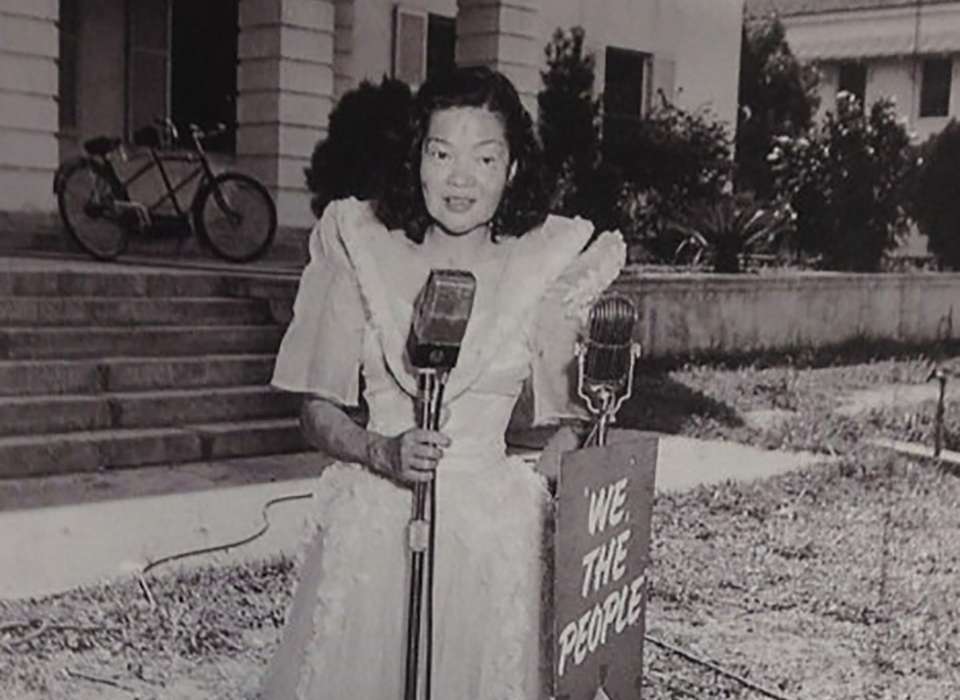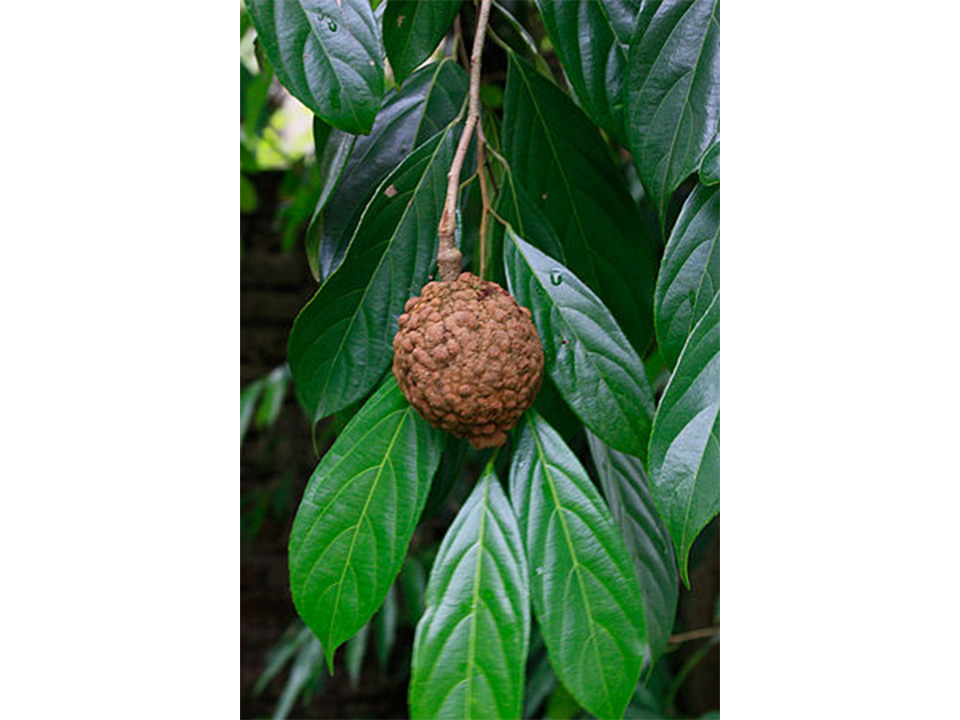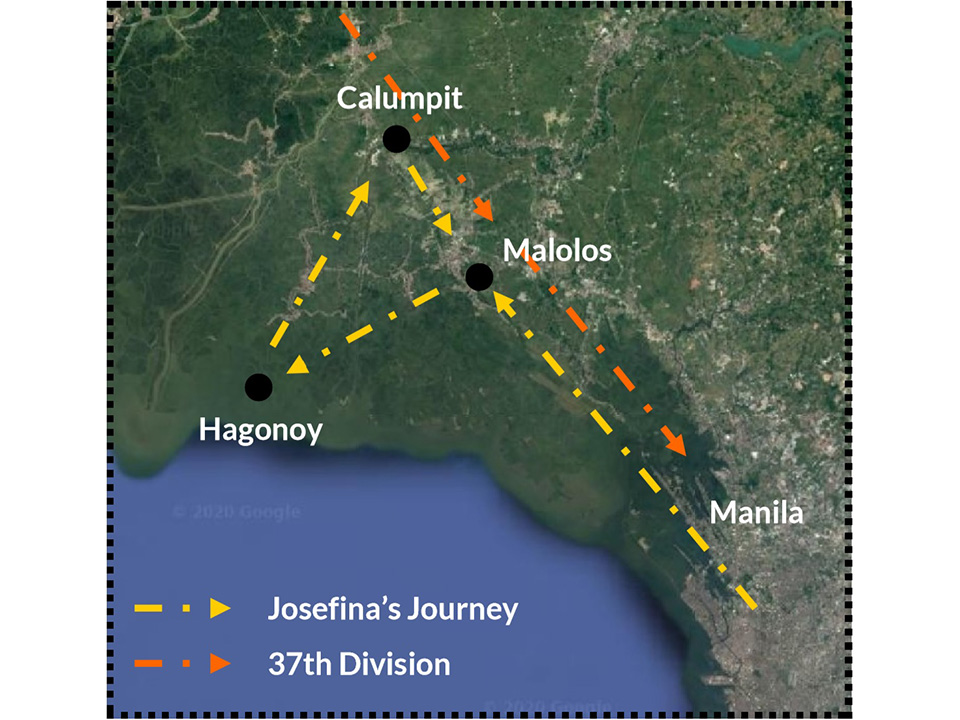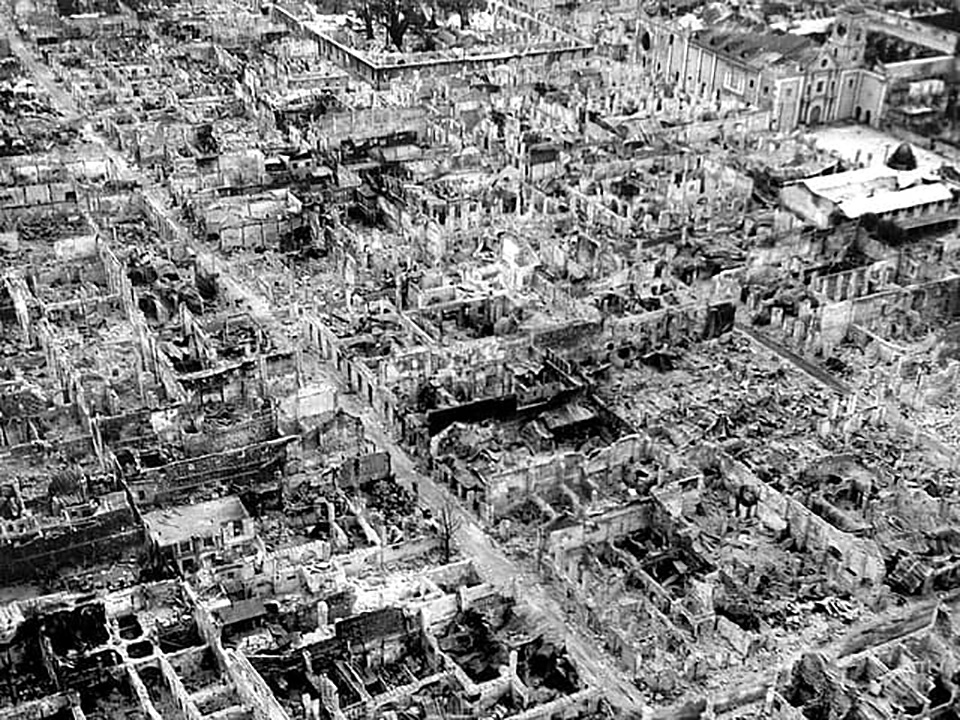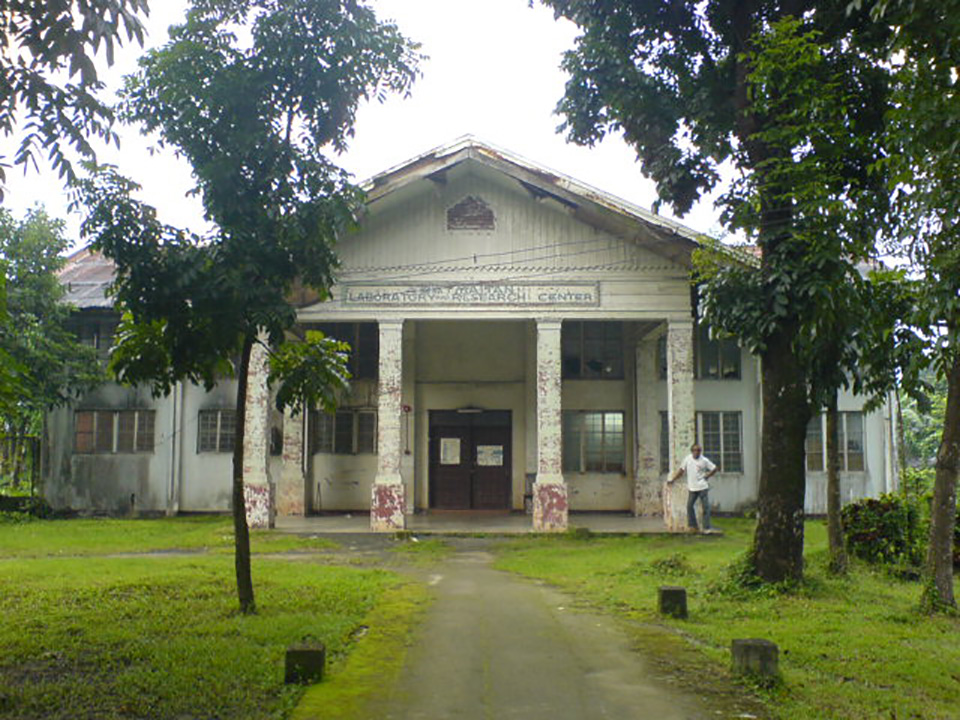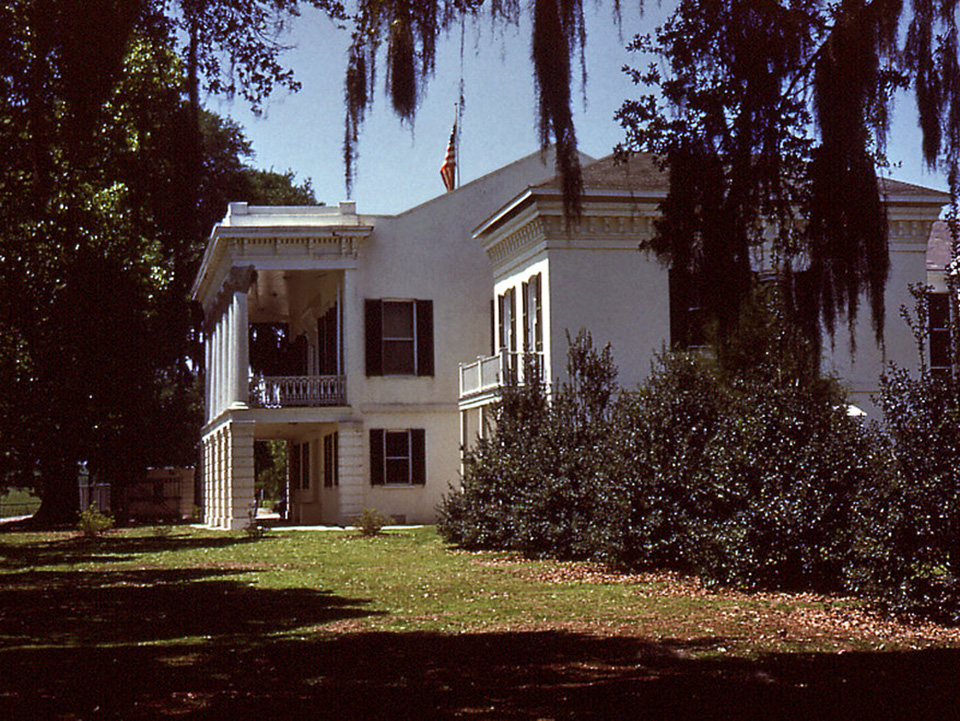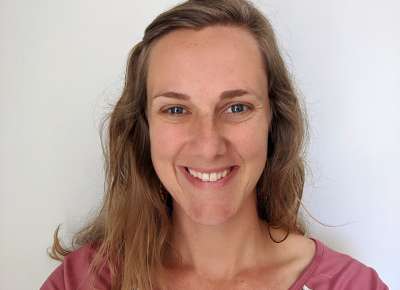Hansen’s disease (also known as leprosy) has long been one of the most misunderstood and feared of human conditions. Since antiquity, a diagnosis meant forced ostracism, ejection from family and society, and exile in secluded communities. At hospitals or clinics, Hansen’s disease patients were referred to as inmates and forbidden to leave or accept visitors. Most people who were diagnosed with Hansen’s disease chose to forget the lives they had before their disease. Old lives were repressed and re-written. Years after recovering from Hansen’s disease, Josefina Guerrero had erased her own past. When she passed away in 1996, no one from the final 30 years of her life knew about the daughter who had been taken from her, her exile in a leprosarium, or her life-saving work as a Filipina spy during World War II.
Every spy needs a cover. For some, it’s their celebrity status or a physical disguise. For Josefina Guerrero, it was her disease. Her diagnosis came as a shock. As soon as she was diagnosed with Hansen’s disease, her two year old daughter was removed from her care and her husband moved out. For a while, she was able to keep skin lesions and other effects at bay through treatment, but once the Japanese began to occupy the Philippines in 1942, her access to medication was cut off.
The first effective treatment of Hansen's disease was Chaulmoogra oil from the Chaulmoogra plant. This was the treatment available to Josefina Guerrero before she transferred to Carville Louisiana, where great strides were being made in using sulfa medications as treatment for Hansen's disease.
As her disease took over her body, she realized that without medication she was in for a slow, painful death. Rather than resign herself to her fate, she decided to do something with the time she had left. She made contact with Philippine guerillas operating in Manila and became a spy for the Allied forces. As her disease progressed, Guerrero began to notice something very curious: the Japanese soldiers who were once aggressive towards her, now backed away and left her alone when they caught glimpse of the lesions on her skin. The Japanese would often stop and subject Filipinos to full body searches, but as soon as Guerrero announced that she was “unclean," they would send her on her way.
Guerrero started her work for the guerilla forces as a courier, hiding messages in her hair and between two pairs of socks. The Japanese had taken over the news outlets, so it was up to couriers like her to deliver news of the war to the Filipino people. As the American troops drew closer to the Philippines, Guerrero’s tasks escalated in importance and danger. She became responsible for mapping out the Japanese fortifications and gun emplacements on the Manila waterfront. On September 21, 1944, the American bombers used her map to take out the Japanese defenses in Manila Harbor.
A few months later, in January of 1945, Guerrero received her most dangerous task yet. She was told to make things right with God because she wouldn’t be coming home. Her job was to carry a map of the minefields guarding Manila to the American headquarters located 35 miles north of Manila. This map would keep the American troops safe as they made their way to Manila to end the three years of Japanese occupation of the Philippines.
This map shows Josefina’s journey on foot as she tracked down the 37th Infantry Division to deliver a critical piece of information for their approach into Manila.
Despite her paralyzing headaches and fatigue, she taped the map to her back and set off on foot. She walked 25 miles to the town of Malolos. Here, she took a boat around an active combat zone through the town of Hagonoy, outrunning river pirates. Back on land, she walked the remaining eight miles to her destination: Calumpit. Guerrero arrived only to discover that just three hours earlier, the American troops had already advanced to Malolos. She began walking once again, back to Malolos and eventually placed the map in the hands of Captain Blair of the 37th Infantry Division.
Now able to safely navigate the minefields surrounding the city, the American troops rode into Manila. As the Battle of Manila leveled the city, Guerrero walked through flying bullets to tend to injured soldiers and civilians and carry children to safety.
After the war ended, Guerrero’s disease made her an outcast once again. She was exiled to a leprosarium 15 miles northeast of Manila. The conditions were deplorable. Only four nurses tended to 650 patients. There were only 10 buildings on the grounds with a maximum capacity of 300 patients, and there was no running water or electricity. Most of the patients slept on the ground in unclean conditions. Every year, dozens of patients died from malnutrition.
Guerrero set about cleaning the camp as much as she could, and became a teacher at the colony and built coffins for the deceased. She wrote a letter to a friend of a friend in San Francisco, describing the conditions of the leprosarium. Her letter found its way to the Catholic Chaplain at the National Leprosarium of the United States in Carville, Louisiana. As her letter was passed around, it caught the attention of the Manila Times. An above-the-fold exposé was written on the conditions at the colony. Other news sources caught on to the story and wrote their own pieces. Finally, the government sent investigators to the leprosarium and confirmed the conditions. New dormitories were built and the leprosarium received beds for both the dormitories and hospitals, so that all patients had somewhere to sleep. Food rations were improved, telephone service was installed for emergencies, and water stations were built. The campus was cleaned up and medical staff added.
After the war, Josefina was exiled to the Tala Leprosarium in Novaliches, 15 miles north of Manila. The conditions were dreadful and she spent the rest of her time there fighting for improved conditions.
After hearing about the community at Carville, Louisiana and the medical breakthroughs being made in the United States, Guerrero felt hope about her condition for the first time. She fought to obtain the first American visa for a foreign national with Hansen’s disease. In 1948, Guerrero arrived in Carville. She was diagnosed with an “advanced” case and it took nine years of treatment to put her disease into arrest. She continued to fight publicly against the maltreatment and discrimination of people with Hansen’s disease. Over the years, she prepared herself for freedom from the walls of the leprosarium. Finally, in April of 1957, she was discharged from Carville.
Despite the fact that her disease was dormant, Guerrero’s history with Hansen’s disease followed her around like a ghost. She struggled to find employment and whenever employers discovered she had been a patient at Carville, she was fired. At the same time, Guerrero was fighting to appeal the decision to deport her back to the Philippines. With the help of military personnel, members of the press, and attorneys, Guerrero was finally granted permanent residence and eventually American citizenship, almost 20 years after landing in the United States.
After battling to receive a visa to the United States, Josefina finally was admitted to the Carville Leprosarium. After nine years of treatment, she succeeded in putting her disease into remission.
Exhausted by the traumas of her past, Guerrero began to slowly erase her history. She changed her legal name for the fourth time and focused on the present. She received two degrees and served in the Peace Corps. She moved from Carville to San Francisco, to Madrid, to Washington DC. Those who knew her had no idea about the life she had lived in the Philippines and Louisiana, and those from her past thought she was dead.
It wasn’t until her actual death that the pieces of her story were pieced back together. It is the story of a young woman who lost her family and decided to become a spy; a woman who was exiled after the war and fought tirelessly for better treatment and understanding of those suffering from Hansen’s disease. The remarkable story of this young woman all started with a diagnosis.
Despite continued stigma, 95 percent of adults are naturally immune to Hansen’s disease. It is very difficult to spread and once a person with Hansen’s disease begins treatment, they are no longer contagious. To help alleviate stigma, many countries are no longer using the term leprosy. To learn more, visit the CDC website.
Lea Schram von Haupt
Lea Schram von Haupt is the STEM Programs Coordinator at The National WWII Museum. She plans and implements The National WWII Museum’s public and student programs that focus on science, technology, engineering, and mathematics in the context of World War II.
Cite this article:
MLA Citation:
APA Citation:
Chicago Style Citation:
